Nate Langston Palmer’s Song of Sons series celebrates a unique dance culture that continues to evolve on the streets of Washington DC
Nate Langston Palmer has been thinking about beauty a lot recently. When he began his career as a photojournalist in his early 20s, he viewed the beauty of an image as secondary to its statement and subtext. “Because there’s so much work to do, there’s an expectation on Black photography, especially, to make us take a step in the right direction, to change society for the better,” the 29-year-old tells Dazed. “But throughout history, when European artists were creating work, say, they often just wanted to make something jaw-droppingly beautiful. And that’s what I want to do too. Black people deserve to be able to do that at this point.”
Born and raised in Washington, DC, and now based between DC and New York, Palmer nurtured his love of photography in the darkroom of his high school, where he was “lucky to have had a Black man as a photography teacher and mentor”. Starting out in photojournalism, he’s since transitioned into artistic portraiture, focusing his lens on experiences of Black joy, brotherhood, masculinity, and forms of cultural expression.
Beauty is everywhere in Song of Sons, his ongoing photo series spotlighting a dance crew of young Black men in Washington, DC. Currently showing at the Chela Mitchell Gallery in DC, it seeks to document, celebrate and preserve the culture surrounding ‘beat-ya-feet’, their footwork-driven style of dance, which was created in and remains specific to the city.
“Beat-ya-feet is kind of built into the fabric of DC at this point, and these dancers have become instrumental in keeping Black culture alive here,” Palmer explains. Performed on street corners, in car parks, and at competitions, beat-ya-feet is the most commonly practised dance form to emerge from go-go music, a subgenre of funk that developed in DC in the late 1970s, when Black residents constituted the majority of the city’s population.
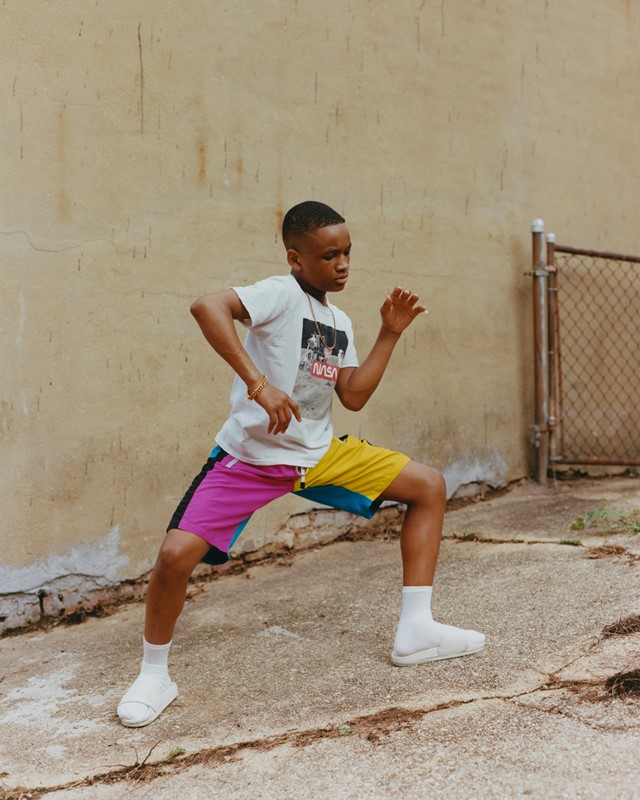
Palmer began the project in 2019, after running into a group of dancers in his childhood neighbourhood, Columbia Heights. “Psyched to be photographed”, the boys, aged between 12 and 25, welcomed Palmer like family. Over the next four years, he hung out with them whenever he was back in town, photographing them practising in public spaces and homes, or contorting their bodies in the heat of dance battles. “It gives me chills to watch them dance, and that’s what I really try to capture in these images.”
Song of Sons contains interludes of stillness and tenderness, as well as crescendos of dynamism and intensity. In one portrait, a young father cradles his new baby daughter at the foot of a bed as light pours in from half-closed shutters. At a memorial service for the godmother of another dancer, a constellation of star-shaped balloons is released into the sky, resembling birds against the clouds.
“It gives me chills to watch them dance, and that’s what I really try to capture in these images” – Nate Langston Palmer
Just like the pace of the dance itself, there’s an urgency to Song of Sons, as Palmer strives to highlight and hold tight to DC’s roots – a city mostly recognised today as the nation’s political centre, with the White House at its heart. “DC used to be nicknamed ‘Chocolate City’ because for decades it was a majority Black city,” the photographer says. “But it’s currently experiencing some of the most advanced rates of gentrification in the country. And with the displacement of long-term Black residents comes the interruption of this vast cultural network – one that is deeply rooted in music and dance and play.”
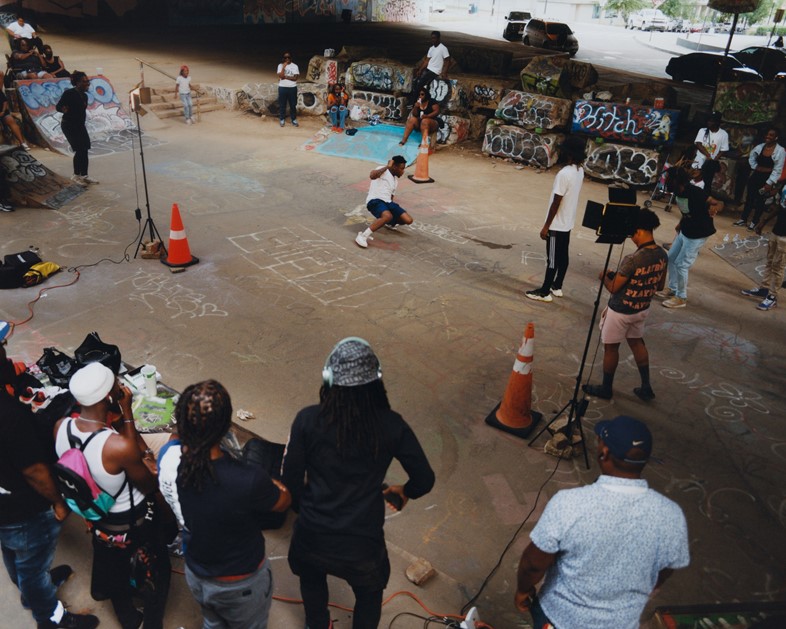
One of Palmer’s main intentions is to capture “the fleeting beauty of interpretive movement” as a commentary on this cultural erasure. “When we think about this idea of permanence, we often think of a house or something tangible. But as we’ve seen in DC and elsewhere, these things can be taken from you. With dance, nothing you do is permanent, but it’s still a form of resistance,” he reflects. “Black people have been oppressed and isolated and mistreated since we were first brought to this country. But this need to find joy despite the circumstances – that has always been there. People are being pushed to the outskirts, yet here is this vibrant, beautiful, kind of transcendent thing that is still present.”
Looking ahead to the exhibition, Palmer is most excited for the dancers to see themselves printed large on the walls. “Everybody is close, everybody is family, so it’ll be a big celebration, where the dancers can come and do their thing and be recognised,” he says. “My main thing when photographing is to represent Black people in a way that they love and appreciate, in a way that brings respect and dignity. To be able to tell these dancers’ stories in my work is everything to me.”
Song of Sons is on show at Chela Mitchell Gallery in Washington, DC, and runs June 24 - July 31, 2023.
Join Dazed Club and be part of our world! You get exclusive access to events, parties, festivals and our editors, as well as a free subscription to Dazed for a year. Join for £5/month today.
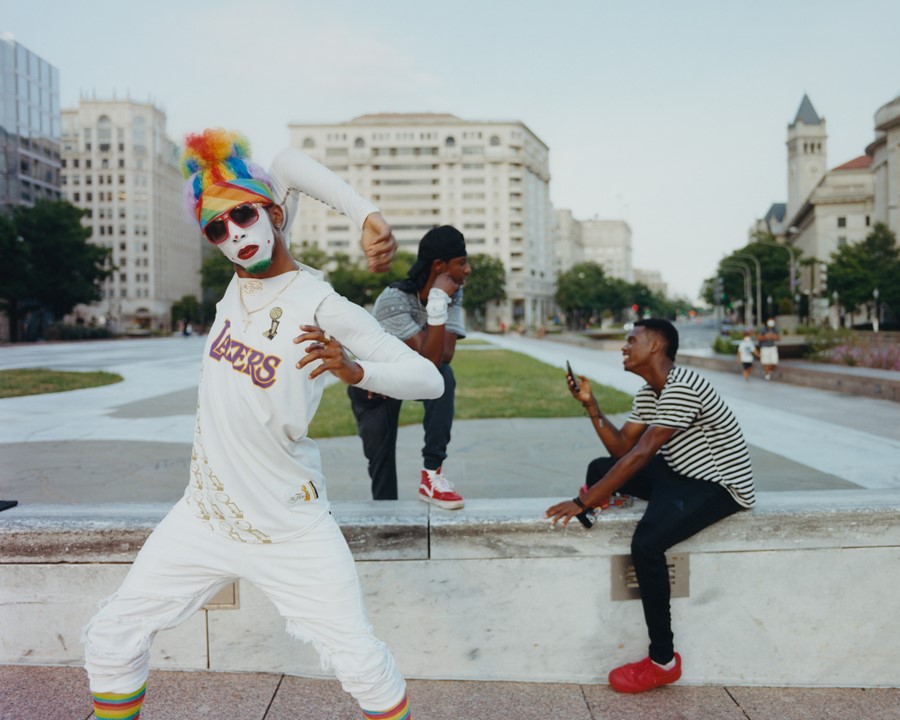



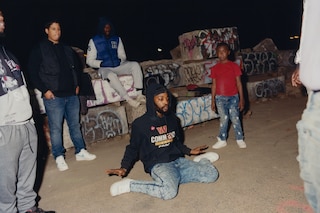

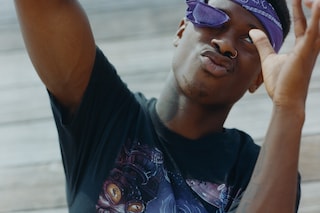



![Nan Goldin, The Ballad of Sexual Dependency [1986]](https://images-prod.dazeddigital.com/200/74-0-1388-1388/azure/dazed-prod/1310/9/1319932.jpg)